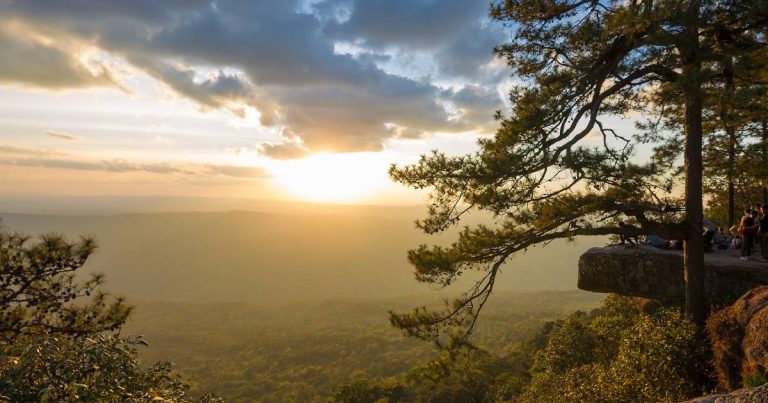4-8-2023 (BANGKOK) The Phu Kradueng National Park, Phu Khieo Wildlife Forest Reserve, and Nam Nao National Park have been recognized as Asean Heritage Parks (AHPs). The announcement was made by the Deputy Government Spokeswoman, Rachada Dhnadirek, who stated that the Ministry of Natural Resources and Environment was informed of the latest listing during the 34th Meeting of Asean Senior Officials on Environment in Indonesia.
Phu Kradueng National Park, located in Loei, contains rare plant species, such as bloomrapes or orobanchaceae, as well as white and red roses. The park is also home to endangered and protected wildlife animals, including the serow, Java pangolin, elongated tortoise, and lar gibbon. Meanwhile, the Phu Khieo Wildlife Forest Reserve and Nam Nao National Park showcase unique geological features such as limestone caves where rare plants and animals are found, including marbled cats, Indian hog deer, and clouded leopards. Both parks have long been associated with the culture and traditions of people living in the areas, where locals celebrate important occasions, such as the Bun Bang Fai rocket festival and Buddha image bathings.
The recognition of these three sites as AHPs highlights their ecological importance and cultural significance, as well as the efforts made by Thailand to preserve them. AHPs are natural areas of high conservation importance that are protected and managed for their ecological significance and cultural values. They are also recognized for their potential to contribute to regional cooperation, biodiversity conservation, and sustainable development.
Thailand has several other AHPs, including Khao Yai National Park, Tarutao National Park, Mu Koh Surin-Mu Koh Similan-Ao Phangnga National Parks, Kaeng Krachan Forest Complex, Hat Chao Mai National Park-Mu Koh Libong Non-hunting Area, Mu Koh Ang Thong National Park, and Khao Sok National Park. The recognition of these sites underscores Thailand’s commitment to conservation efforts and its leadership role in promoting sustainable development in the region.
The recognition of these three new AHPs will not only help protect their ecological and cultural values but also promote tourism in the region. The designation is expected to increase the number of visitors to these parks, which will in turn contribute to the local economy. The AHP recognition also offers opportunities for regional and international cooperation in managing and conserving these natural areas.
Overall, the inclusion of these three sites as Asean Heritage Parks is an important step towards preserving Thailand’s natural and cultural heritage and promoting sustainable development in the region.




